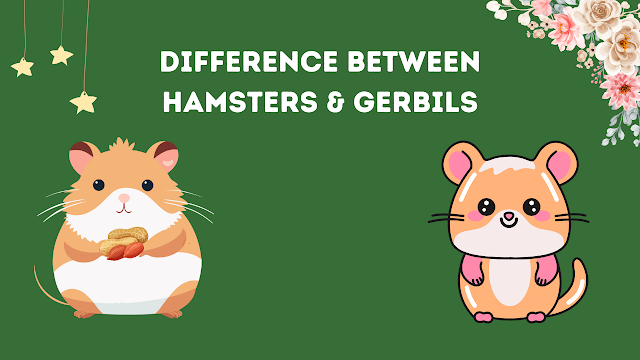5 Tips To Keep Your Dog Healthy in the Summer

As temperatures rise, it's essential to pay extra attention to your furry friend's health and well-being during the summer months. Dogs are susceptible to heat-related illnesses and other seasonal hazards, making it crucial for pet owners to take proactive measures to keep them safe and healthy. In this article, we'll explore essential tips for keeping your dog healthy and happy throughout the summer season. Stay Hydrated Proper hydration is paramount for your dog's health and well-being, especially during the hot summer months. Ensure your furry companion has access to fresh, clean water at all times, both indoors and outdoors. Consider placing multiple water bowls around your home and replenishing them frequently to encourage drinking. When venturing outside with your dog, bring along a portable water bottle and collapsible bowl to keep them hydrated on walks or outings. Monitor your dog's water intake, as excessive panting and drooling can indicate dehydration. A




